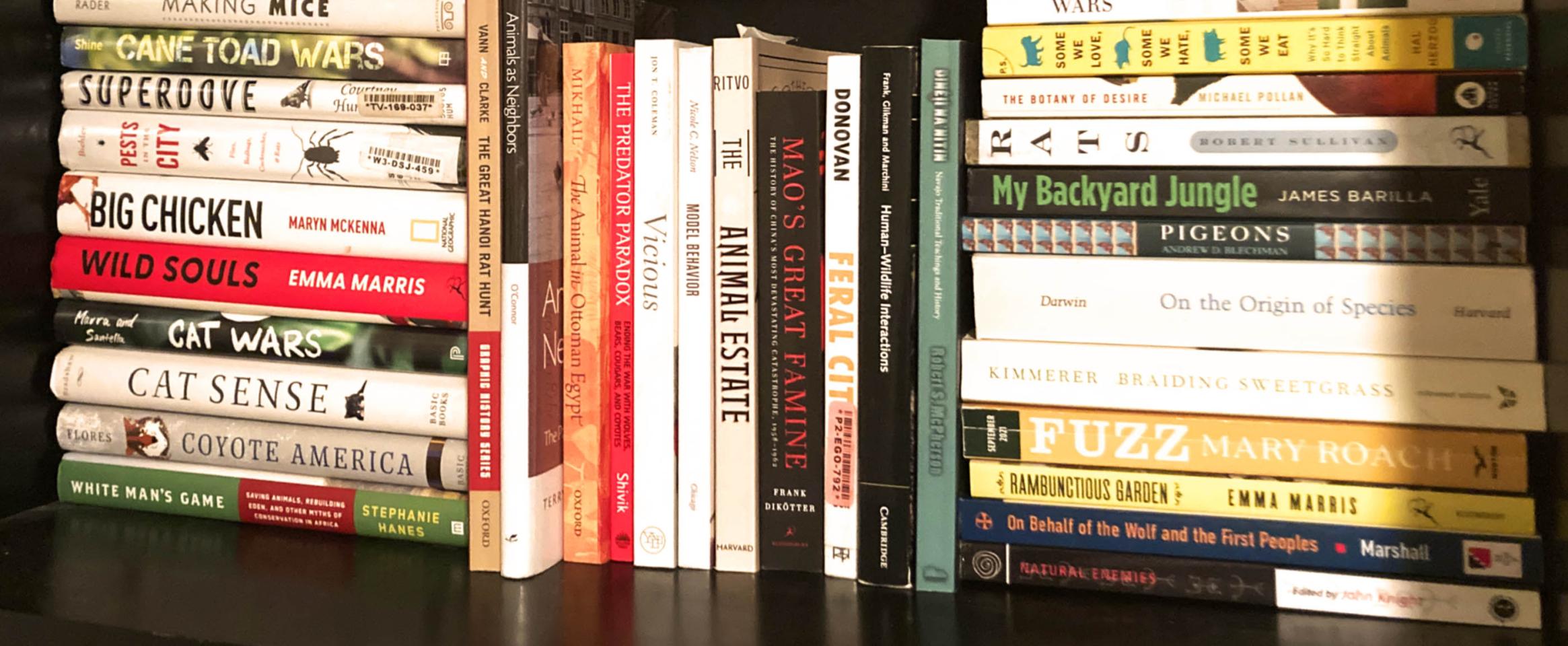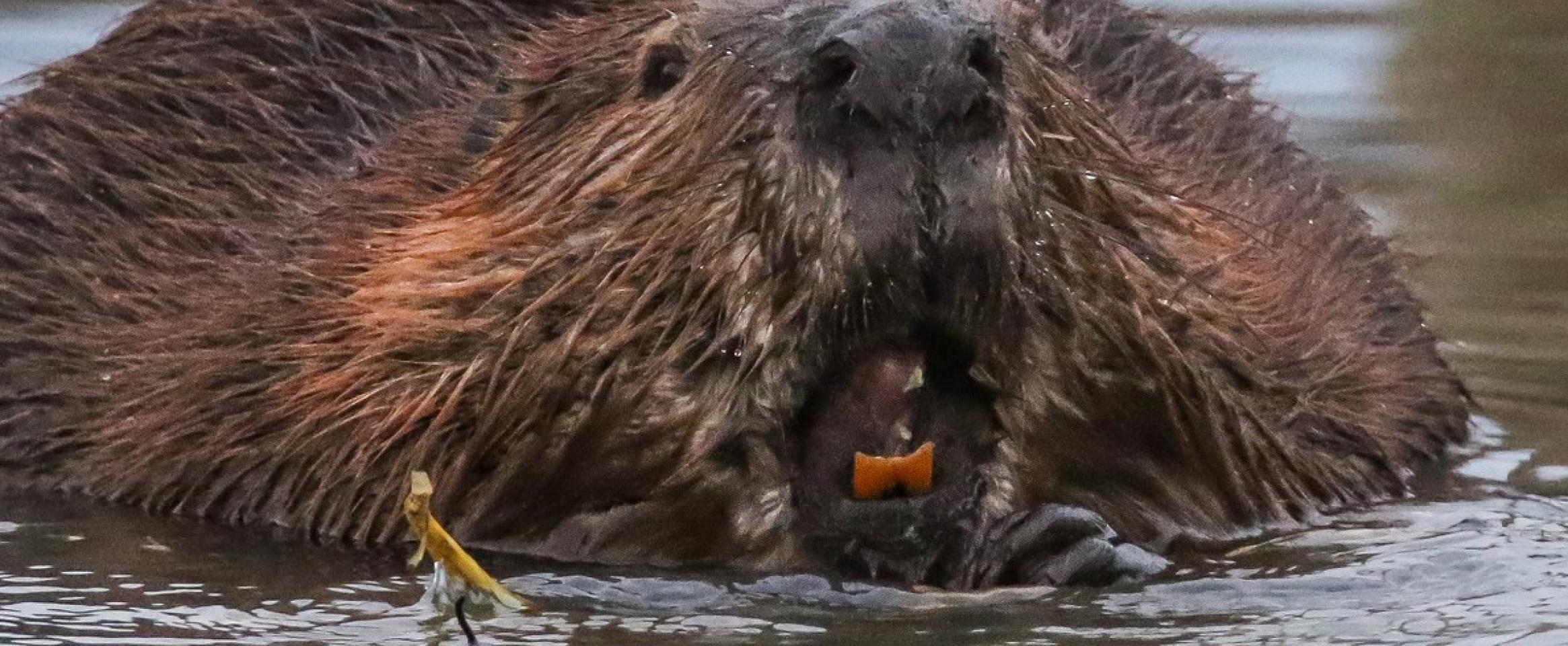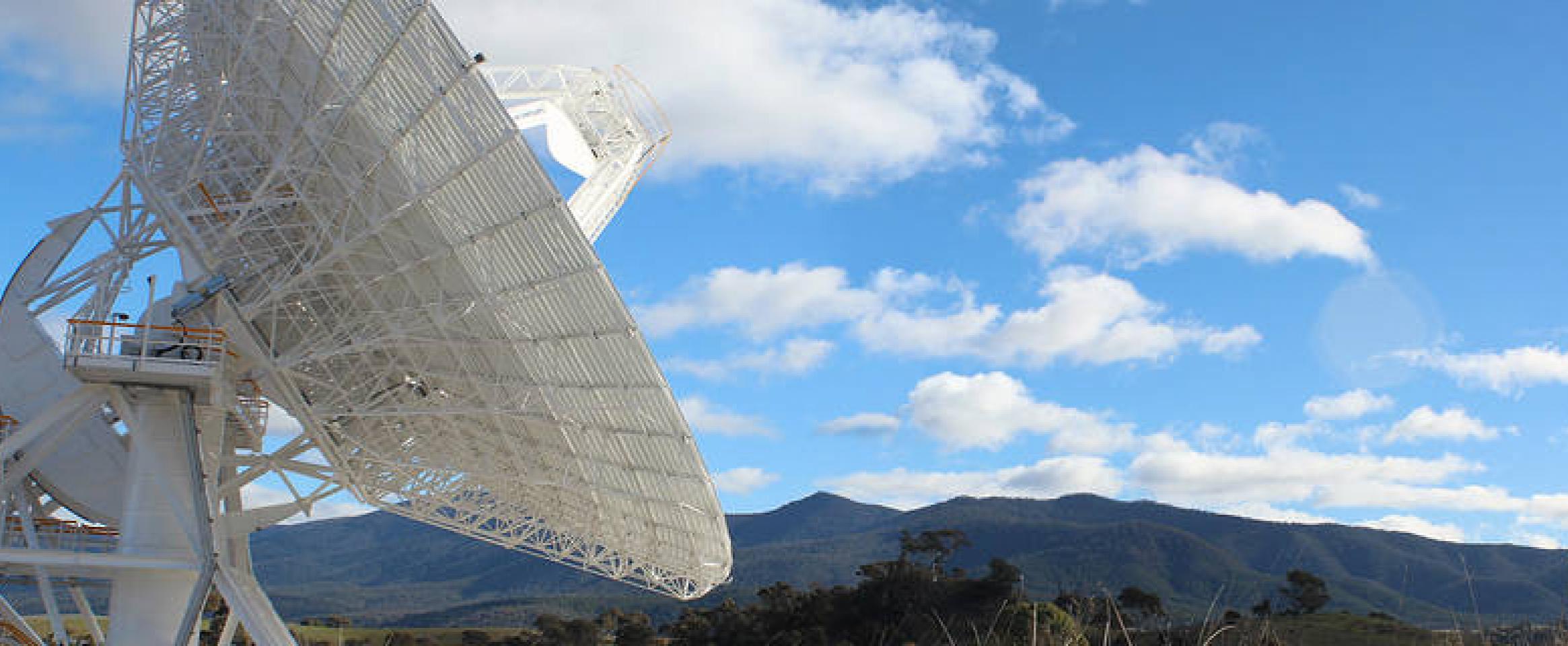
Bethany Brookshire—PESTS: How Humans Create Animal Villains
When we see coyotes in the street, rats in our trash can, or squirrels in the attic, we feel helpless, Bethany Brookshire writes in Pests: How Humans Create Animal Villains. We want them to go away. It would be better, she suggests, to emulate Indigenous cultures and learn to coexist with—and not feed—wildlife in our midst, protecting our homes and ourselves with safe methods of biocontrol.







